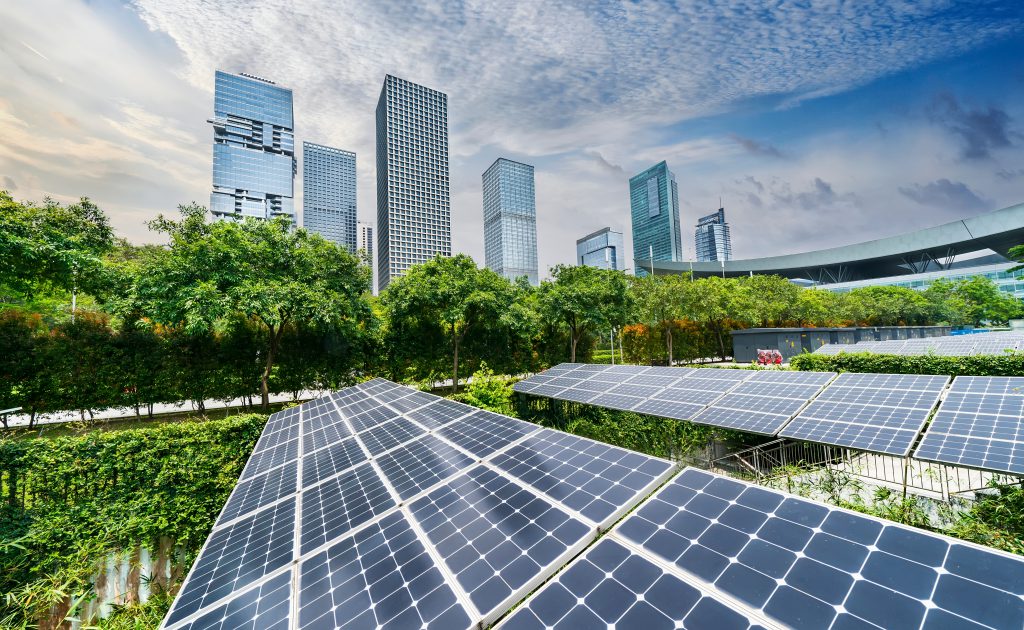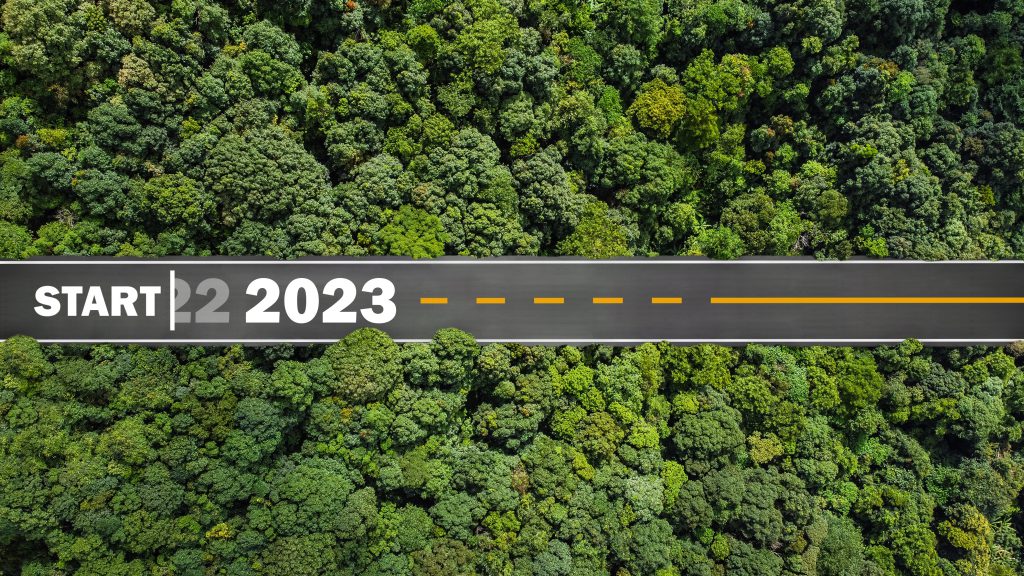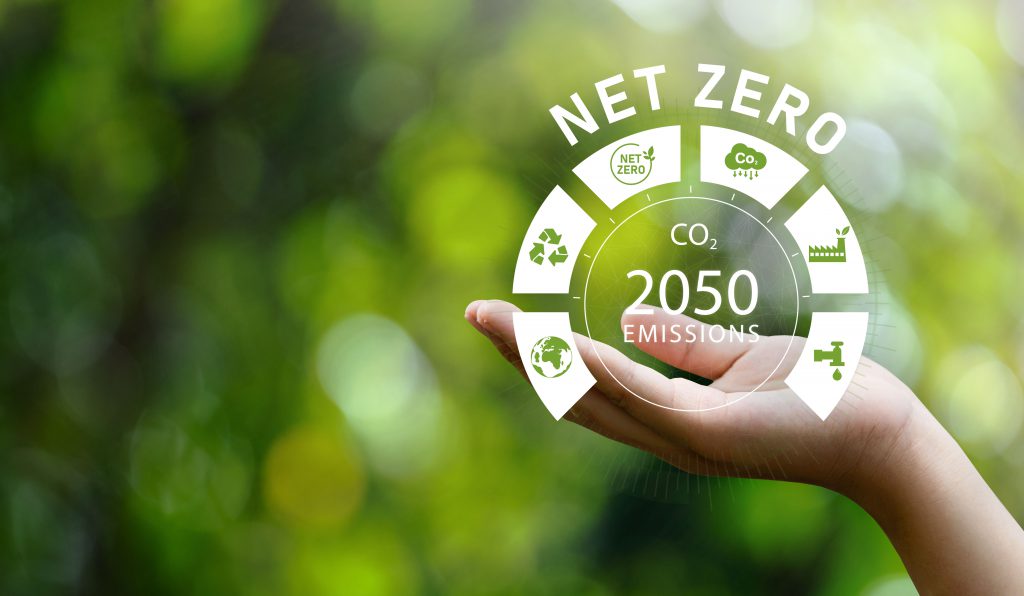Story: Assoc Prof. Dr. Dinh Duc Truong – National Economics University
Photos: Shutterstock
One of the five countries most affected by climate change in the world, Vietnam faces an annual loss of 1.8 – 2% of its GDP due to natural disasters
In early June 2023, most Vietnamese newspapers applauded the crowning of a made-in-Vietnam electric SUV as the king of this highly competitive market segment in Vietnam. While this is major news for the automotive industry, it tells a much bigger story about the growth of the green economy.

The term “green economy” has been widely used since 2008, coined during the financial crisis and spurred by the need to boost sustainable growth. The United Nations Environment Program (UNEP) defines a green economy as “low carbon, resource efficient, and socially inclusive”. A green economy achieves economic growth while ensuring both environmental protection and sustainability.
In fact, Vietnam approved the National Green Growth Strategy for the 2021 – 2030 period, with a vision to 2050 and National Strategy for Climate Change until 2050. For most businesses, however, the goal of a green economy still sounds distant and “too new”.
THE INEVITABLE PATH
At the Partnering for Green Growth and the Global Goals 2030 Summit, Prime Minister Pham Minh Chinh affirmed that green growth is an overarching policy of the Party and the State and that Vietnam will not sacrifice everything for growth, especially unsustainable growth. The Prime Minister also emphasized that green growth is an inevitable and objective trend for Vietnam in order to maintain the country’s development goals.
After the implementation of the “Doi Moi” (Reform) policy in 1986, Vietnam has enjoyed consistent economic growth of 5-10%. This growth has been heavily reliant on natural resources and the intensive use of cheap labor. As a result, the country’s environment has suffered greatly from pollution.
According to the World Bank, environmental impacts are costing Vietnam an annual loss of approximately 5% of its GDP. As one of the five countries most impacted by climate change, Vietnam faces an annual loss of 1.8 – 2% of its GDP due to natural disasters. Without effective countermeasures, losses from natural disasters could cost Vietnam 10% of its GDP by 2050.
Among the World Bank’s recommendations for Vietnam regarding post-Covid-19 economic recovery, investment in green growth is a prevalent message.
Since the country is heavily affected by climate change, Vietnam must lead the way in implementing solutions against climate change and transition the country’s traditional growth to green growth. Vietnam must follow this trend to maintain economic growth and environmental protection.
VIETNAM’S ACTIONS
Apart from the two above-mentioned national strategies, at the 2021 United Nations Climate Change Conference in Glasgow, United Kingdom, the Prime Minister revealed Vietnam’s political decisiveness by pledging the nation’s goal to reach net zero emissions by 2050.
In fact, Vietnam has developed 750 standards to promote green economic growth. Positive results of this green economy include a 12.9% reduction in greenhouse gas emissions in the energy sector compared to the business-as-usual scenario and an average annual decrease of 1.8% in energy use per unit of GDP in the 2014-2020 period. Moreover, industrial businesses’ awareness of cleaner production methods rose from 28% in 2010 to 46.9% in 2020.

Solutions to reduce greenhouse gas emissions have been widely implemented across all fields. The greenification of manufacturing has garnered much attention and green energy sources like wind power, waste to energy, and solar power have attracted a lot of investment.
In 2020, Vietnam was among the top 10 countries in the world in terms of investment in renewable energy at USD 7.4 billion, surpassing Germany and France. Regarding access to electricity, the World Bank ranked Vietnam at 27 out of 190 economies around the world. The global consulting firm McKinsey proposed that Vietnam’s Government establish a path for a more intensive use of renewable energy, opening up opportunities to save 10% of general power costs and reduce 1.1 billion tons of greenhouse gas emissions.
Investment in the environment has also increased significantly. According to the Ministry of Natural Resources and Environment, the budget for environmental protection in 2021 increased by 55.8% compared to 2015, reaching VND 21.2 trillion. The total budget for environmental protection is guaranteed to be at a minimum of 1% of the total State budget.
The government has also issued a wide range of policies to encourage social investment in environmental protection, thus forming an initial system of non-public environmental services. Areas of environmental services that have seen remarkable growth include garbage collection and transportation, waste treatment facilities, collection and transportation of hazardous solid waste (including medical waste), centralized domestic wastewater treatment, and small-scale distributed domestic wastewater treatment.
VARIOUS CHALLENGES REMAIN
Economic transformation is not achievable overnight. Currently, Vietnam is facing a plethora of challenges in achieving its green economy goals.
First, a green economy requires huge investment by society to transform the core elements of growth, such as energy, machinery, manpower, and management systems. For example, to realize the goals of transitioning to clean energy in the National Power Development Plan for the 2021 – 2030 period, with a vision to 2050, Vietnam will need more than USD 500 billion in investment for the development of both power sources and the grid over the next 30 years.

Mobilizing financial resources for green growth is no small challenge. The State budget is limited and must be spent on many different purposes. Most Vietnamese businesses are small and medium-sized, making it hard for them to afford sufficient capital to switch their production methods.
Second, Vietnam still needs to attract foreign direct investment (FDI) to grow and generate income for localities. On one hand, FDI brings economic value, creates jobs, and transforms the industry structure. On the other hand, it facilitates the flow of “pollution” and outdated technologies to Vietnam due to limited environmental standards and surveillance systems in Vietnam. This flow of “pollution” enables FDI companies to save environmental and production costs while impacted people and communities in Vietnam have to pay.
In addition, for a long time, Vietnam’s growth has depended on the exploitation of natural resources. It is not easy to transition from this model to alternatives such as skilled labor, technology, or finance.
Vietnam is extensively integrating into the world economy and engaging in bilateral and multilateral trade relations. Environmental standards in important markets like the US, Japan, and the EU are becoming more stringent. In the near future, the Carbon Border Adjustment Mechanism (CBAM) is expected to greatly affect Vietnamese businesses exporting to the EU, especially in areas with high emission risks like steel, aluminum, oil refining, cement, paper, glass, fertilizer, and energy.










